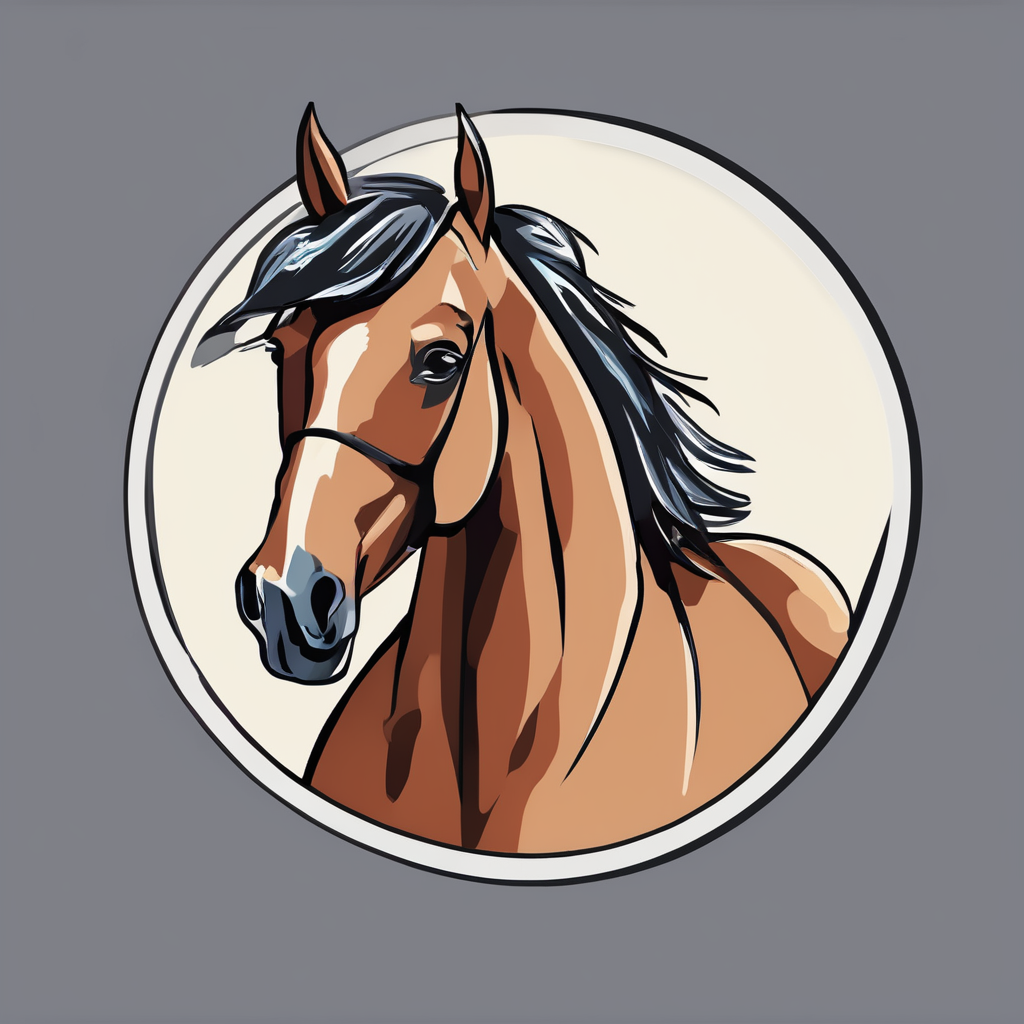UK Endangered Species Encountering Urban Environments
Urban biodiversity in the UK is increasingly shaped by the presence of endangered species adapting to city life. Habitat loss and urban sprawl push many animals traditionally found in rural landscapes to seek refuge within urban settings. This urban wildlife adaptation is critical as it reflects both the resilience and vulnerability of these species facing modern environmental challenges.
Several endangered species thrive, or at least persist, in UK urban areas. The hedgehog, a beloved but vulnerable mammal, is a prime example. It navigates parks and gardens, benefiting from green corridors but threatened by traffic and predation by domestic pets. Similarly, the slow worm, a legless lizard, finds shelter in allotments and brownfield sites, where urban conditions mimic its natural habitat.
Have you seen this : How are urban gardens supporting UK animal biodiversity?
Birds such as the house sparrow and swift, both facing population declines, have adapted nesting habits within urban structures. Their survival is closely tied to the availability of nesting sites in buildings and reduced insect prey due to pollution.
Understanding this urban biodiversity dynamic reveals urgent needs for urban planning to support endangered species UK-wide, ensuring conservation efforts extend beyond rural nature reserves. Incorporating wildlife-friendly designs can create refuges that maintain ecological balance within cities.
Also to read : What Are the Latest Discoveries in UK Wildlife Studies?
Adaptation Strategies of Endangered Species
Endangered species often exhibit remarkable species adaptation to survive changing environments. One critical aspect includes behavioral changes driven by urban evolution. For example, some birds alter their feeding habits by scavenging human waste instead of natural prey, while certain mammals adjust nesting locations to safer urban niches. These behavioral shifts improve survival chances amidst habitat loss.
Beyond behavior, physical and ecological adaptations also emerge. Some amphibians develop increased tolerance to pollutants, while reptiles may alter breeding cycles to coincide with favorable urban microclimates. These adaptations highlight species’ ability to respond to urban environments and maintain life cycles where traditional habitats have deteriorated.
Whether migrating less frequently or shifting activity times to avoid human interaction, species continuously modify strategies to thrive. Such urban evolution plays a pivotal role in reshaping species’ existence and underscores the importance of understanding these mechanisms for conservation. Recognizing and supporting these adaptations can guide effective protection efforts tailored to urban landscapes.
Scientific Insights into Urban Adaptation
Understanding how endangered species adapt to city life requires thorough scientific research and urban ecology studies. Recent findings highlight that some UK species traditionally thought vulnerable are exhibiting remarkable resilience. For instance, bats have altered their foraging and roosting behaviors to exploit urban green spaces and artificial lighting. This flexibility demonstrates an essential survival strategy within fragmented habitats.
Conservation science experts emphasize that these adaptations are often driven by changes in food availability and shelter in urban landscapes. Hedgehogs, for example, benefit from garden connectivity and reduced pesticide use, which support their insect prey populations. However, ecological specialists caution that urban environments can still pose significant challenges, such as increased traffic mortality and pollution, requiring targeted conservation measures.
Notable case studies also include urban birds like the house sparrow, which, despite declining elsewhere, have developed nesting habits in buildings and feeding patterns aligned with human activity. Ecologists argue that while urban adaptation is promising, ongoing monitoring is critical to balance species persistence with urban development. These studies underscore the need for informed conservation actions that incorporate scientific insights to sustain and promote biodiversity in cities.
Primary Challenges to Urban Survival
Urban environments present a series of unique challenges for wildlife, fundamentally shaped by urban threats such as traffic, pollution, and artificial light. These factors create physical and environmental hazards that many species must navigate daily. For example, continuous vehicle movement poses a direct risk to animals crossing streets, while pollution degrades air and water quality essential for survival.
Habitat fragmentation further complicates urban survival. As cities expand, natural habitats become divided into smaller, isolated patches, limiting available space and resources. This forces wildlife into increased competition, not only between species but also with humans. Animals often struggle to find food and shelter within the constrained urban mosaic.
The human impact extends beyond physical changes. Noise pollution disrupts communication and mating calls, while artificial lighting interferes with sleep cycles and predation. These stresses reduce life expectancy and reproductive success, threatening the long-term viability of many urban populations, including endangered species.
Understanding these compounded challenges is crucial for developing effective conservation strategies that allow wildlife to thrive alongside expanding urban landscapes.
Conservation Actions Supporting Urban Wildlife
Urban conservation has become vital as city biodiversity faces mounting pressure. Effective wildlife protection measures aim to balance urban development with nature preservation. Creating habitats like green roofs and wildlife corridors supports species by providing safe spaces amidst concrete landscapes. Green roofs, for example, offer essential nesting and foraging areas for birds and pollinators, helping sustain urban populations.
Wildlife corridors act as connective pathways, allowing animals to move safely between fragmented habitats, reducing roadkill and genetic isolation. These corridors integrate with urban planning, demonstrating how thoughtful design can enhance city biodiversity without compromising infrastructure needs.
Local communities drive many successful public initiatives. Residents participating in citizen science, habitat restoration, and invasive species removal contribute directly to urban conservation. Their engagement fosters stewardship and awareness, crucial for sustained wildlife protection measures. Urban conservation, therefore, thrives when communities and planners collaborate, weaving ecological considerations into the fabric of city life.
By implementing targeted actions and encouraging public involvement, cities transform into havens for diverse species. Urban conservation strategies offer practical solutions to preserve wildlife amidst expanding human footprints.

